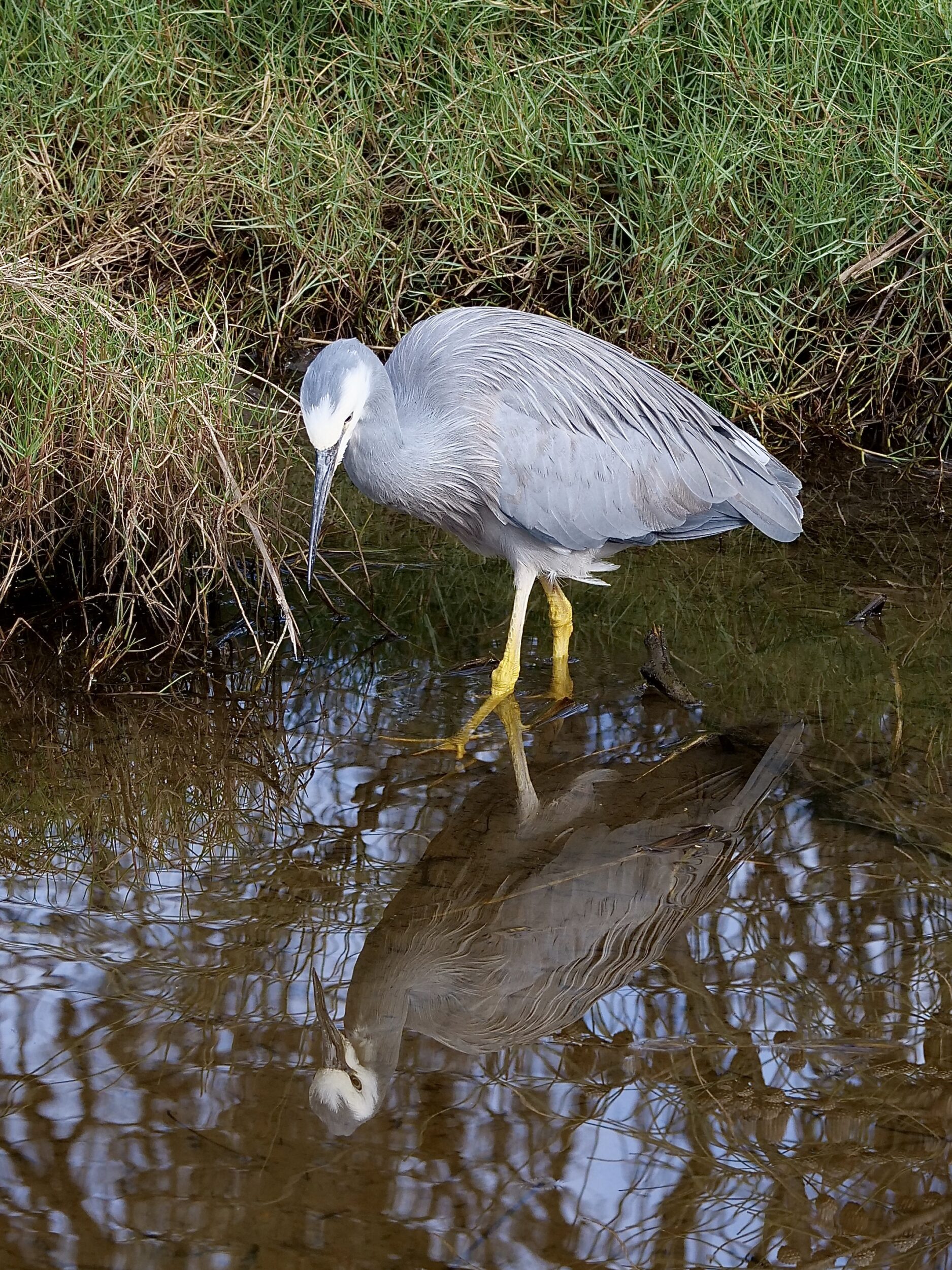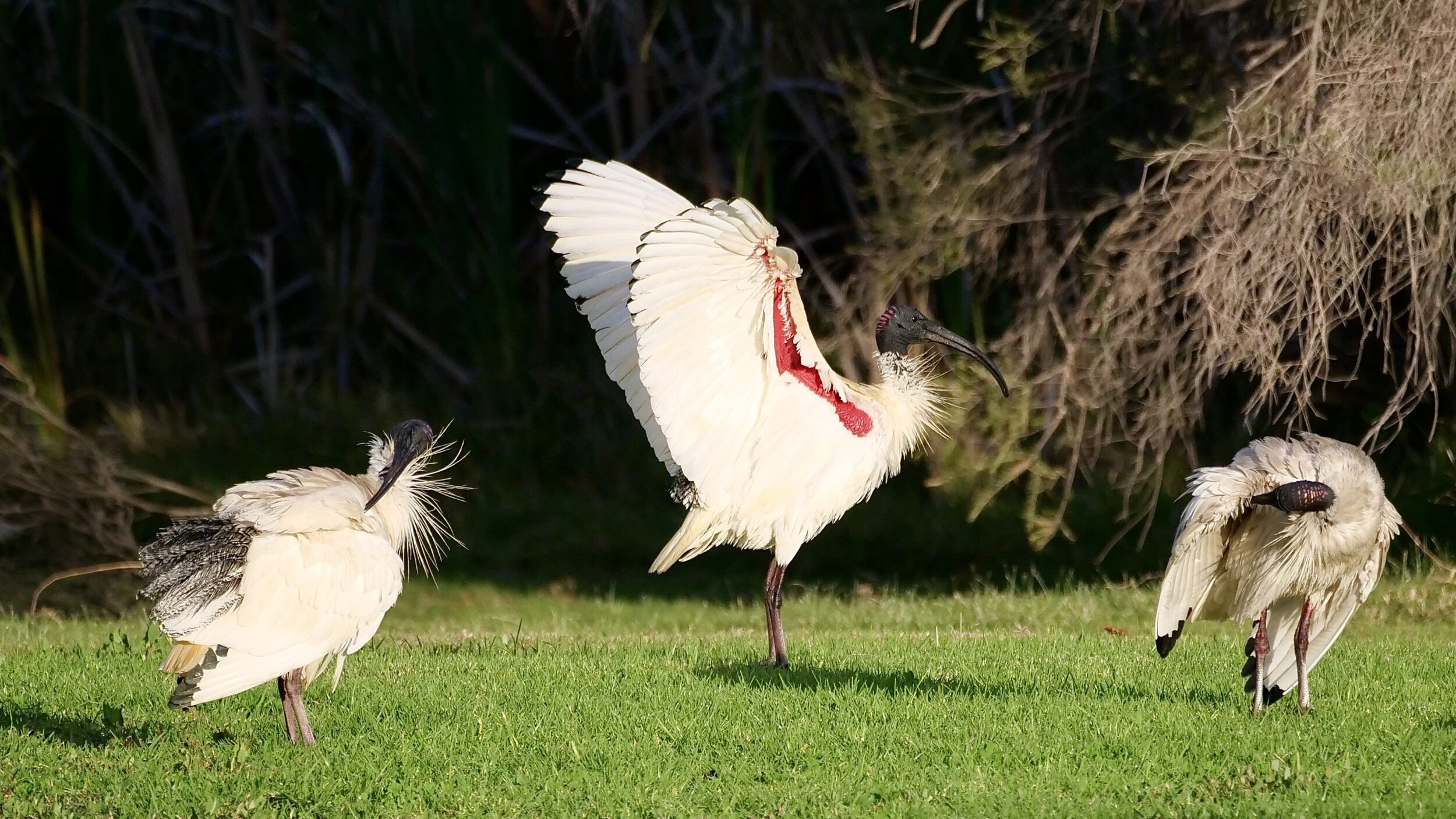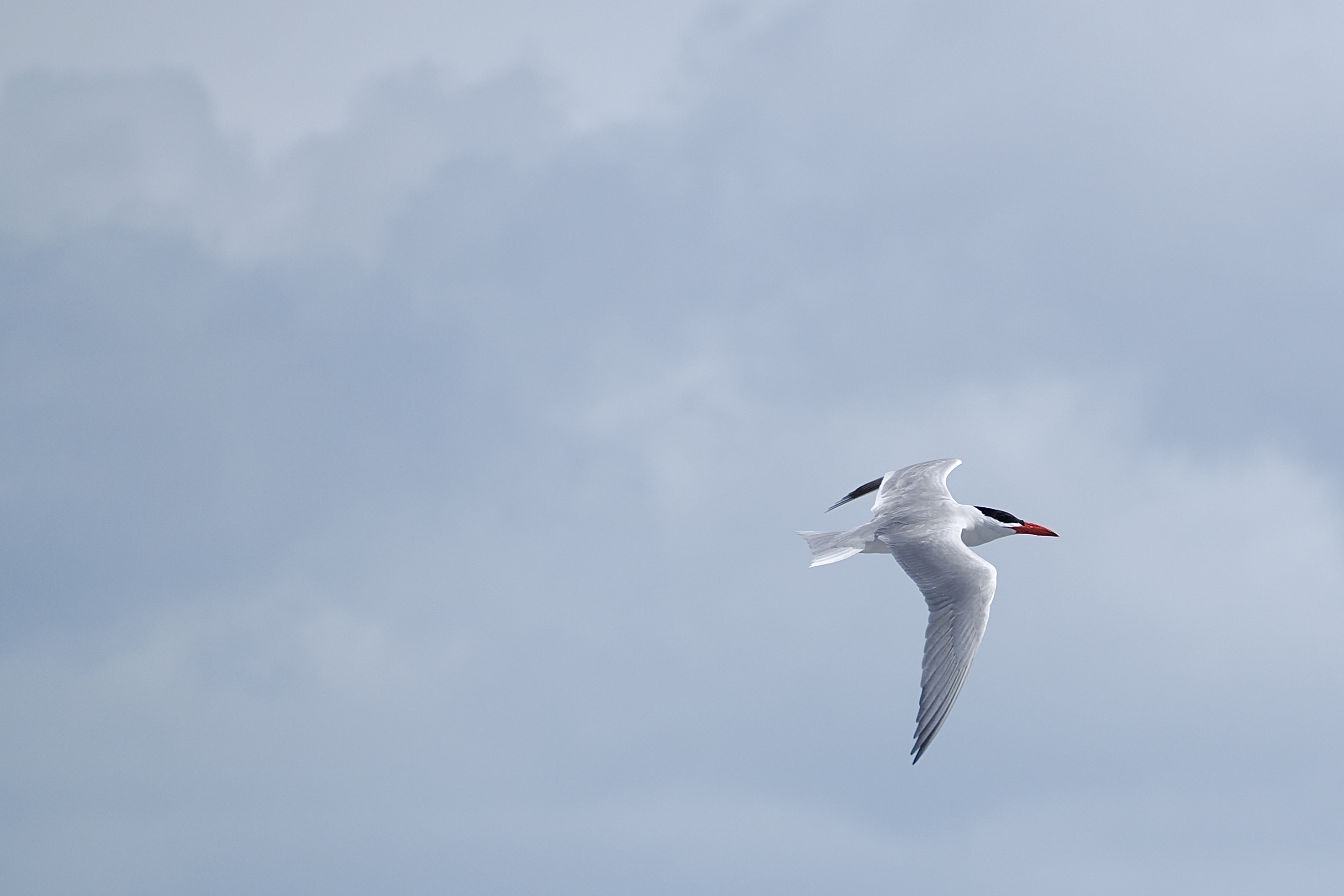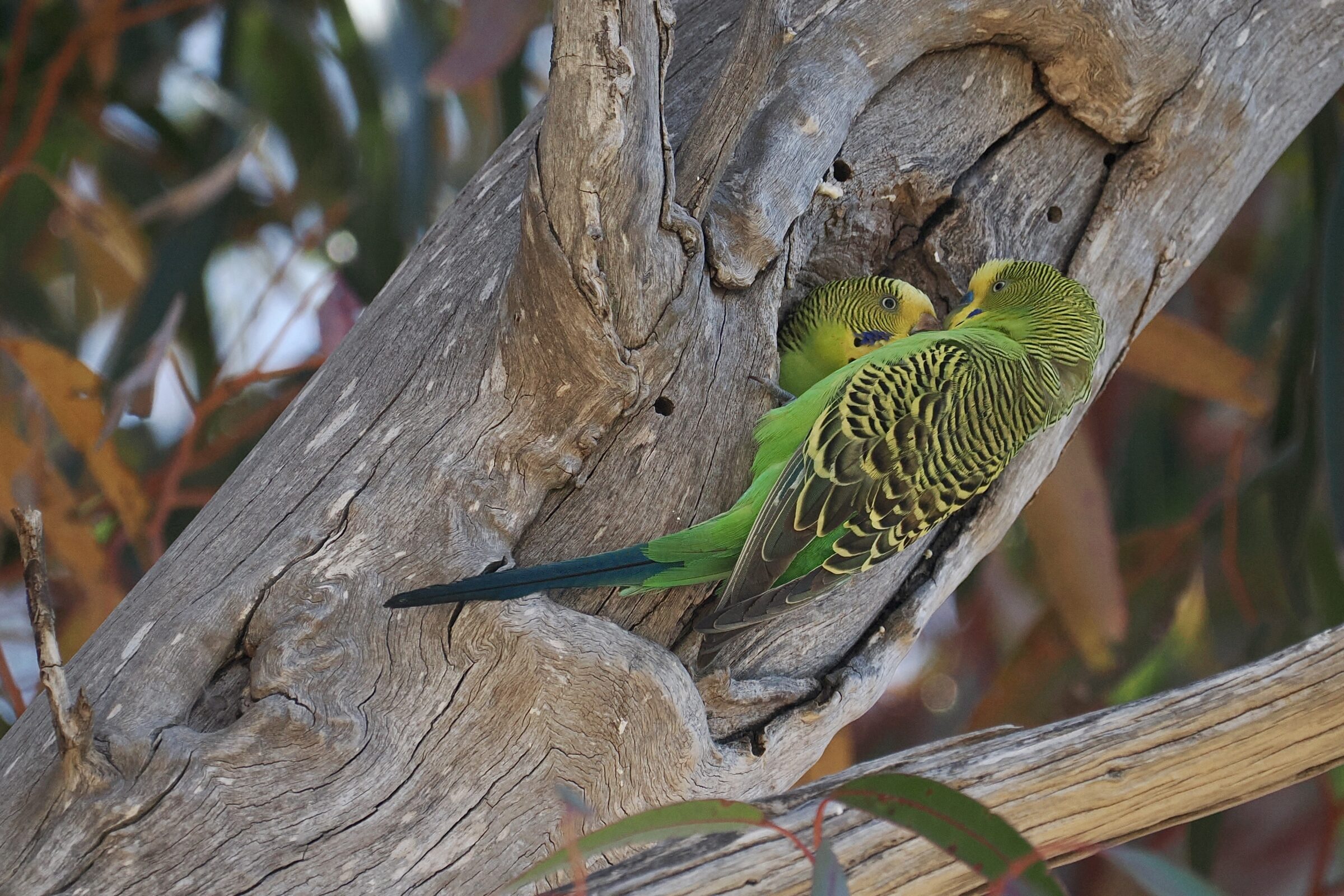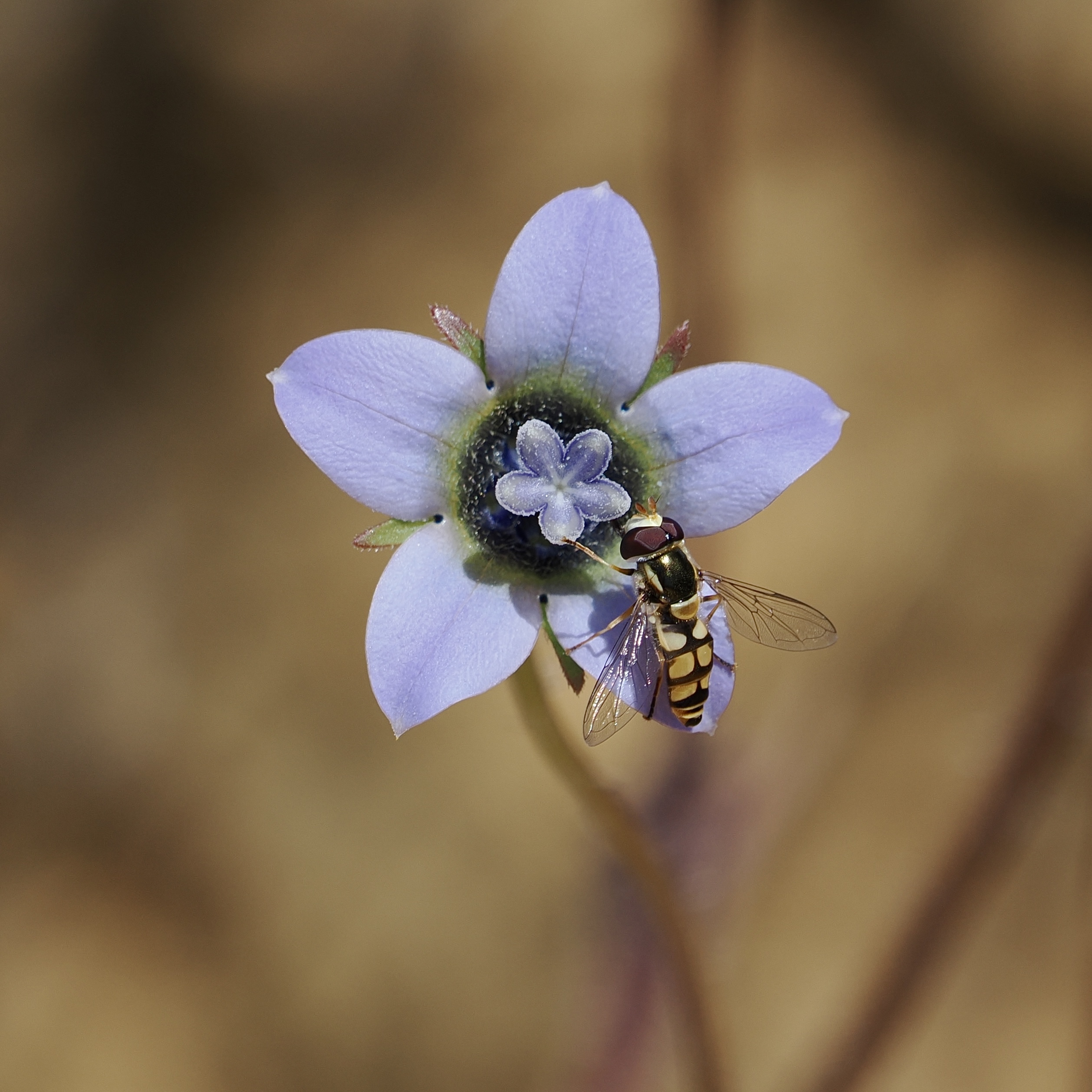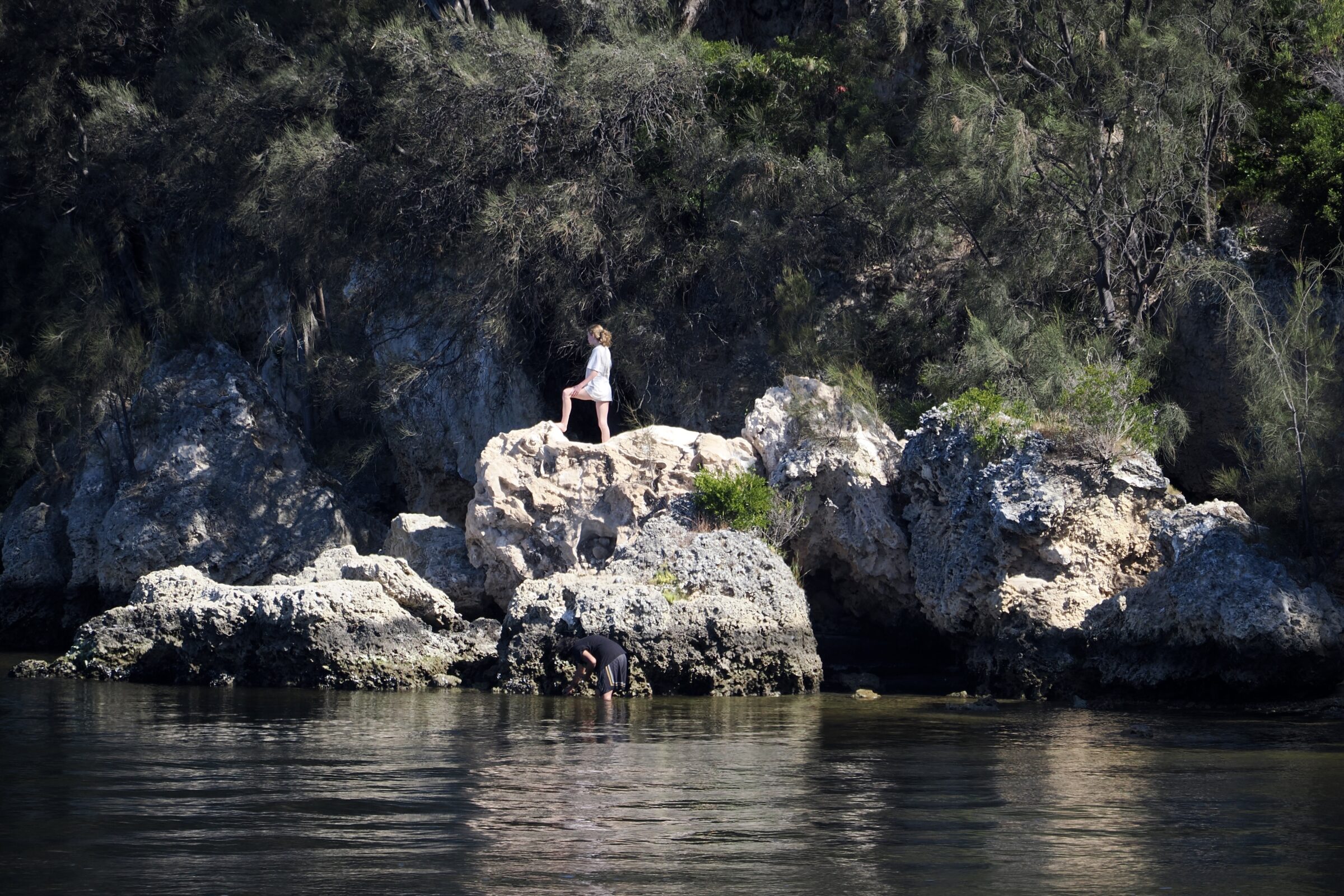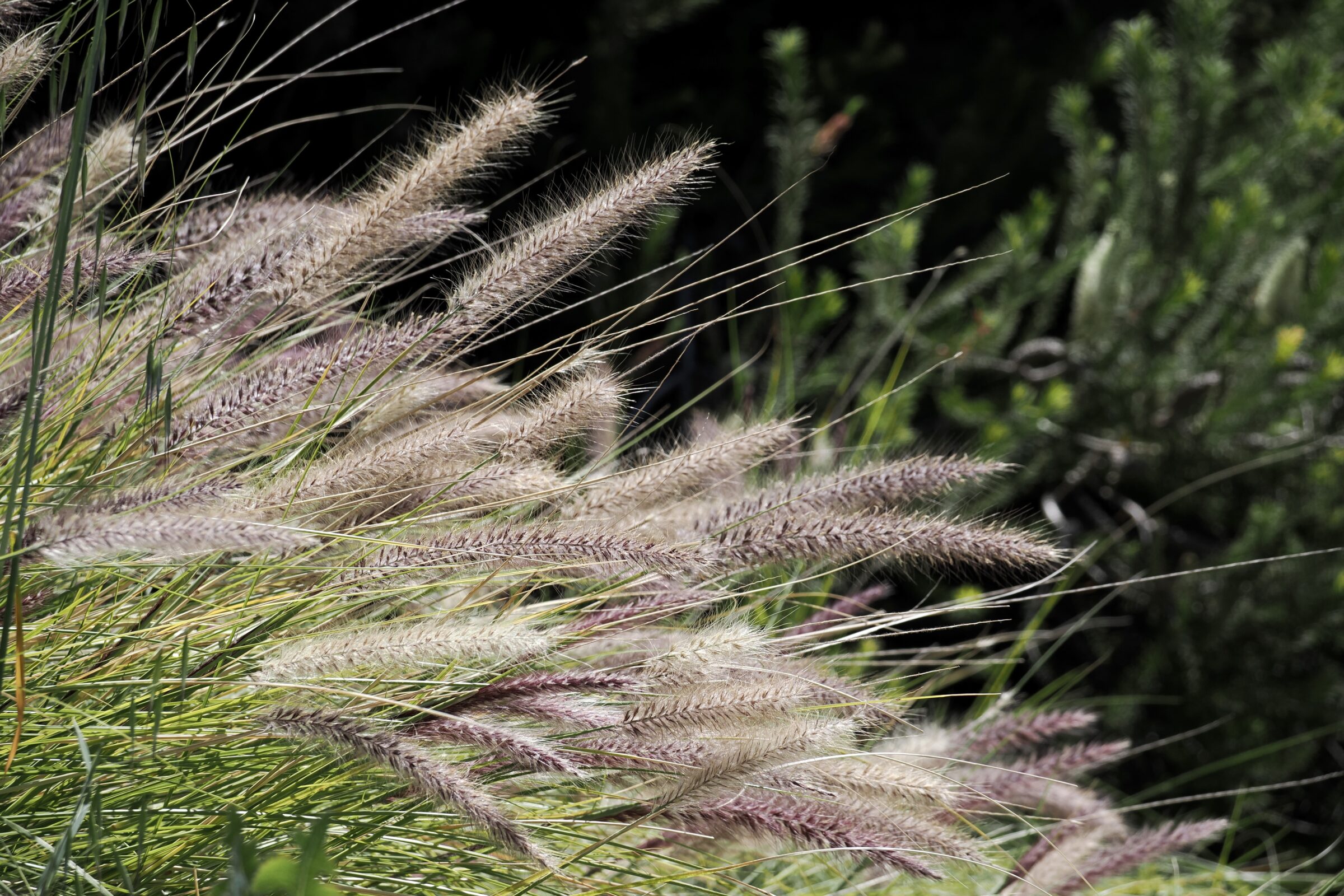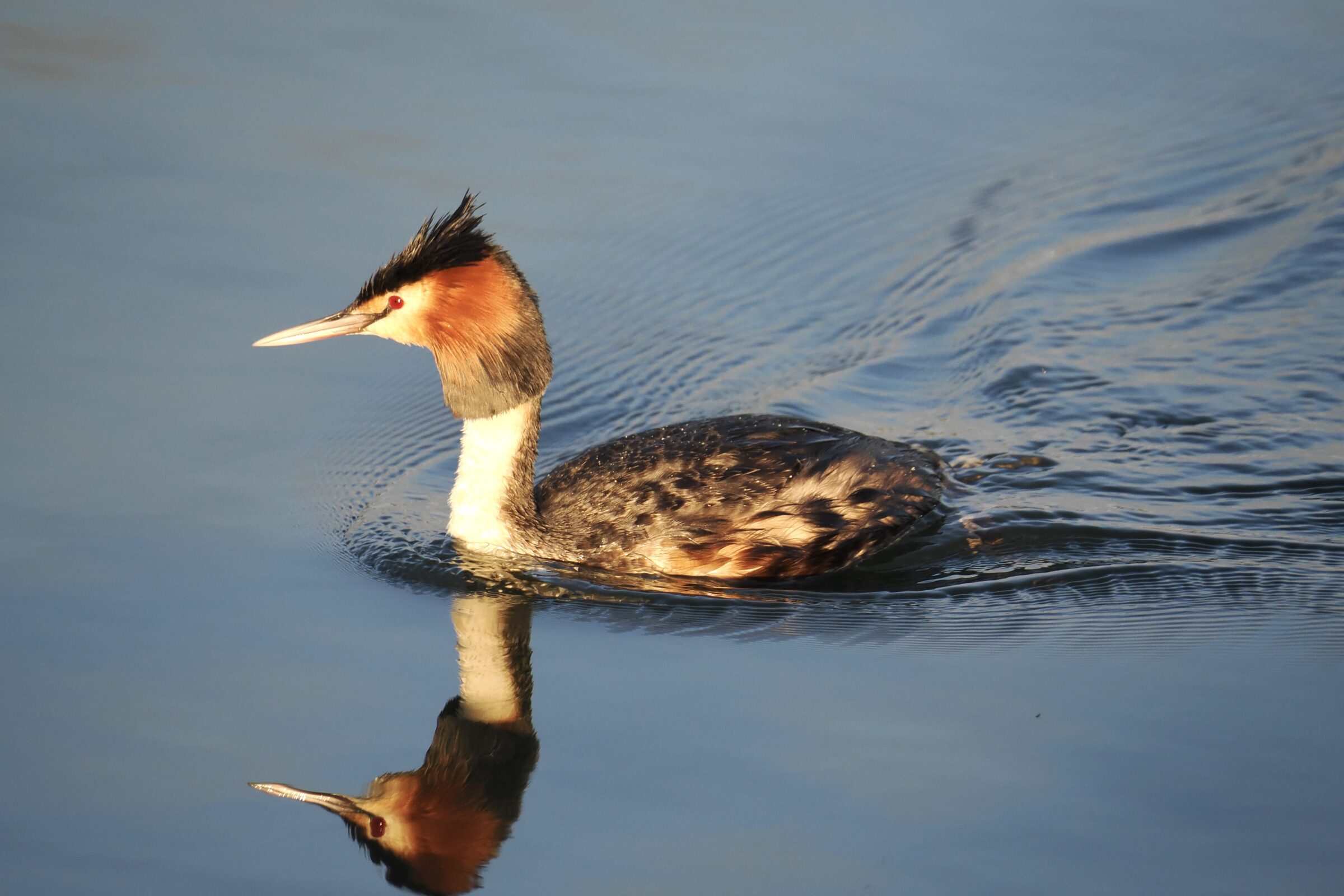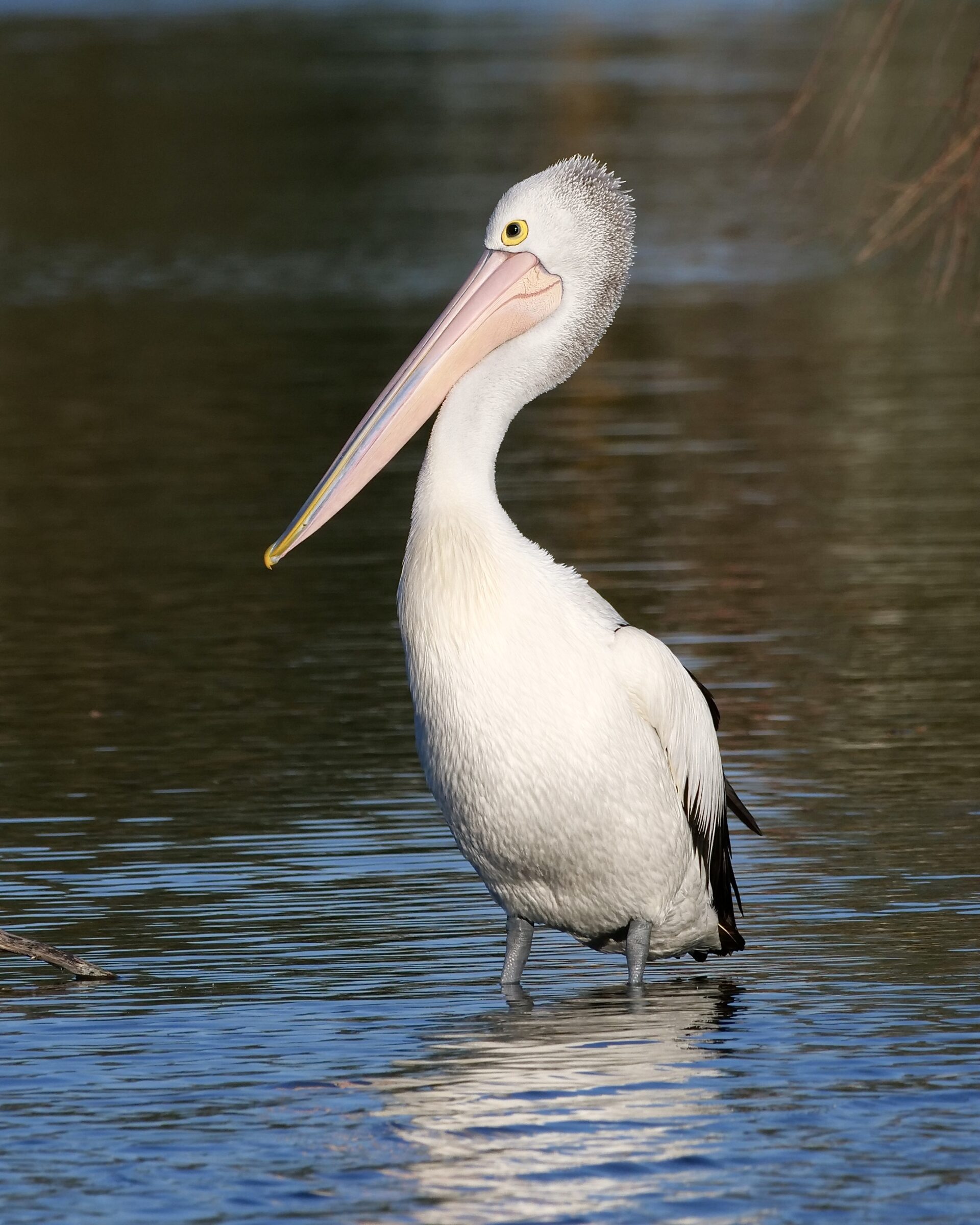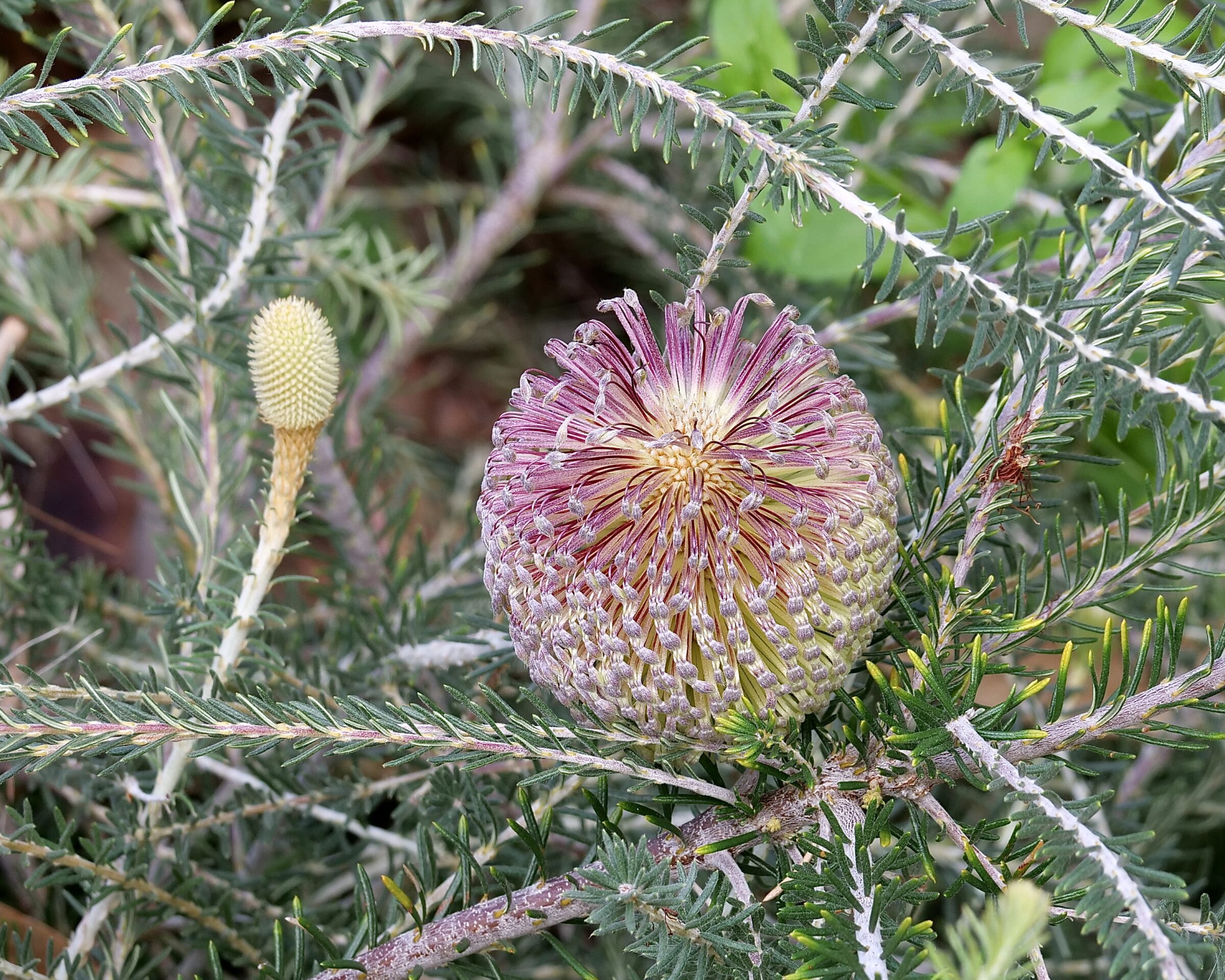On the first day of October in 1872 the British Parliament declared a Reserve on Perth’s Mount Eliza,
The new Perth Park overlooked the then decidedly modest capital of the Colony of Western Australia.
In 1901 Perth Park was renamed Kings Park, following the coronation of King Edward VII.
Until more than a decade into the 1900s, Perth was smaller than not a few of eastern Australia’s country towns.
Paradoxically, one reason why Perth managed to have a bigger, wilder – and, arguably, more wonderful, and equally central – city park than New York’s Central Park is that when it was p/reserved, Kings Park’s site would have been viewed as utterly superfluous to Perth’s future urban expansion.
